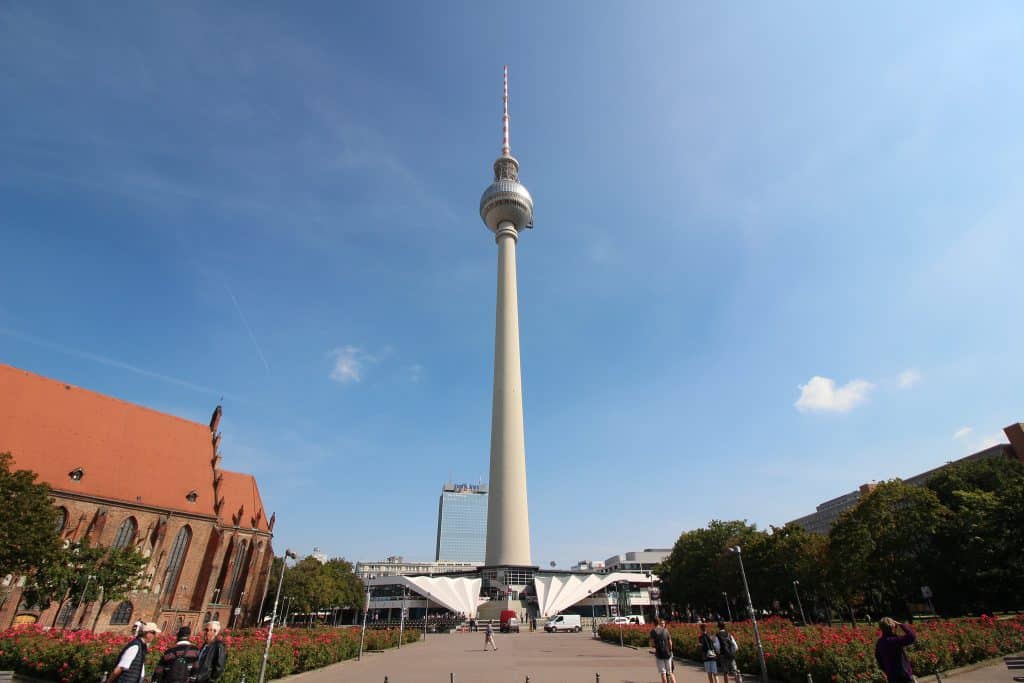10 Most Visited German Landmarks
Germany — the only place in the world that seamlessly blends historic, consequential architecture, medieval streets, natural beauty, centuries-old tradition, culture, and progressive society. This enchanting country has so much to offer — from forests, mountains, historic cities, to small towns filled with arts. Indeed, you’ll never get short of things to love in Germany.
If you’re vacationing in Germany (or thinking about doing so), then having a list of places to go could help you make the best of your trip to Germany. Thousands of tourists visit Germany to enjoy its rich culture, history, and galleries. Nature lovers also find Germany an excellent place for sightseeing, landscapes, and scenery.
To help you with your trip, we’ve listed 10 of the most visited German landmarks that you must visit.
Table of Contents
1. Neuschwanstein Castle
First on our list is the Neuschwanstein Castle. The shy King Ludwig II built the castle to withdraw from public life. Seven weeks after the death of the king in 1886, the castle was opened for the public — something that the king wouldn’t have wanted.
The castle was intended as a home of the king — a place where he can privately rest and ponder.
Today, Neuschwanstein Castle is one of the most popular of all the palaces in Europe. It is also one of the most visited German landmarks. Roughly 1.4 million tourists visit the castle of the fairy-tale king, about 6,000 visitors per day on average.
The idyllic setting of Neuschwanstein castle, however, need to be continuously monitored. The harsh climate will need to be renovated section by section in the coming years, and the rock walls need to be repeatedly secured.
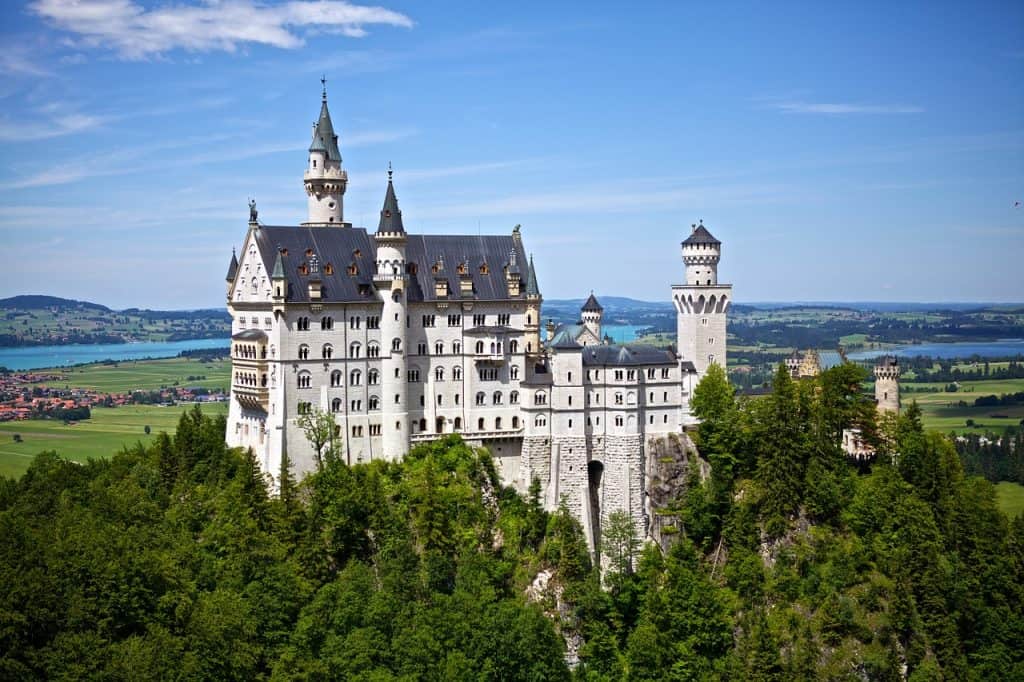

2. Brandenburg Gate
Brandenburg Gate remains one of the most iconic, most visited, and most popular German landmarks. This renowned monument is not just a mere structure, but it is a symbol with over two centuries of history.
The 18th-century monument stands tall and proud in the vibrant Berlin. It was built on the orders of Prussian king Frederick William II. The monument is a symbol of Berlin and German division during the Cold War. Now, it’s a symbol of unity and peace.
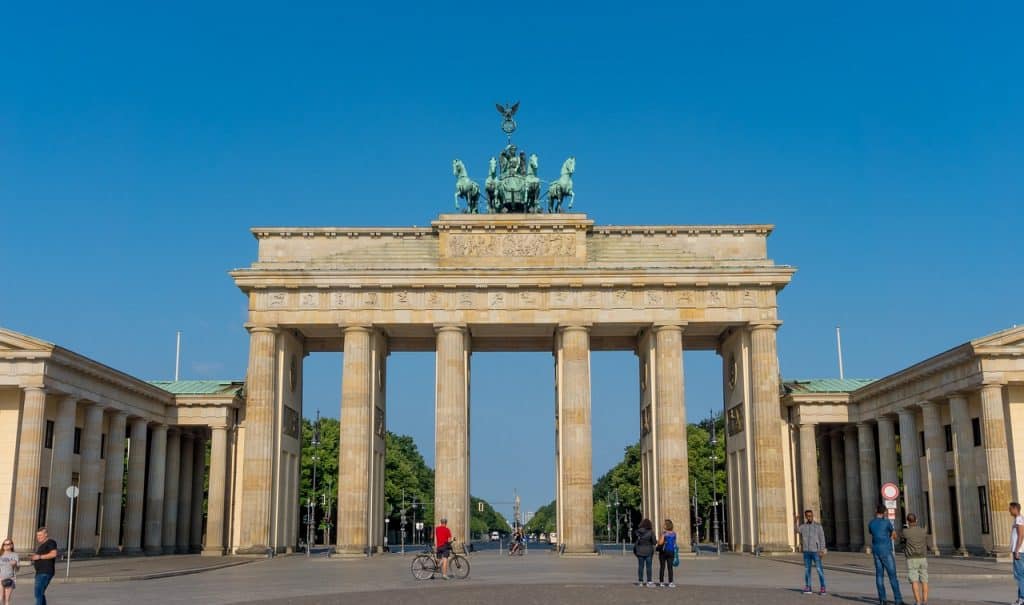

3. Cologne Cathedral
As you view the dramatic panoramic cityscape of Germany’s largest city, Cologne, you will see the magnificent and imposing Gothic Cologne Cathedral. The building is proudly towering, in fact, it can be seen from almost every point in the city centre and from many places elsewhere.
As a German landmark, Cologne Cathedral draws thousands of vacationers and continuously serves as the pride of the people in Cologne. The magnificent pair of towers were completed in 1880 and had been dominating the panorama of the city since.
Interesting fact: Cologne Cathedral is the second-highest building in Cologne. The North Tower stands 157.38 meters high, which is just 7cm taller than the South Tower.
The 8,000 sq. m. total land area of the Cathedral can accommodate over 20,000 people.
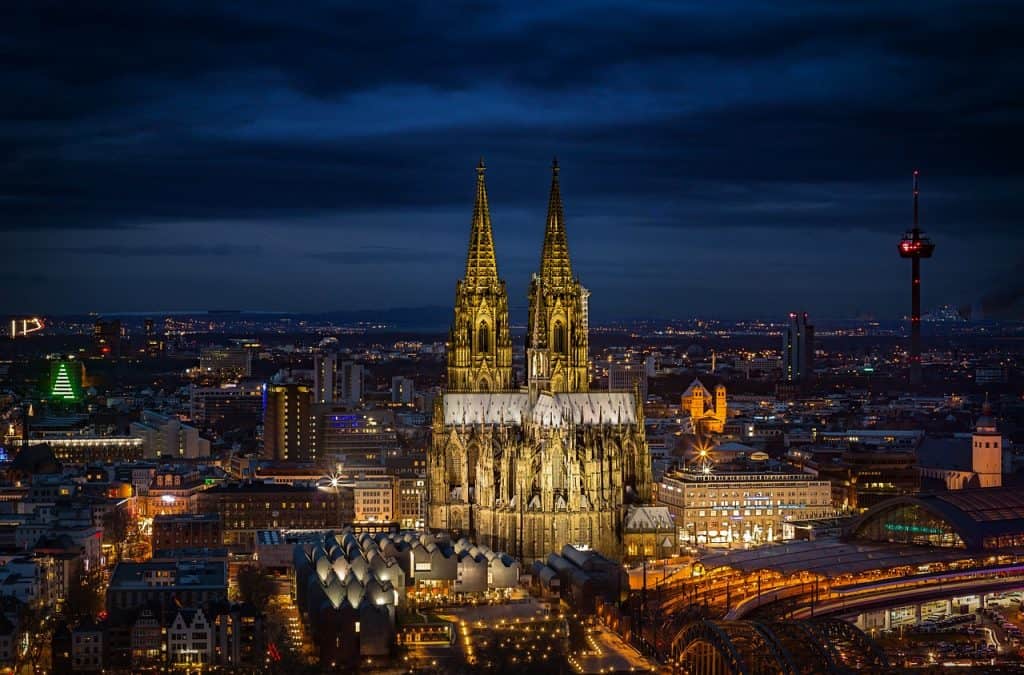

4. Reichstag Building
In Berlin is another magnificent German landmark — Reichstag Building. The construction of the now-famous landmark started on the 9th of June 1885 and was completed 10 years later. It was built to house the Imperial Diet of the German Empire, and now the building is a historic edifice.
Reichstag Building continues to lure thousands of vacationers. Its roof terrace and dome is open for public. They offer spectacular, picture-perfect views of the parliamentary and government district and other sights of Berlin.
The audioguide will be your personal guide for 20 minutes. It will share with you the most information facts about the building and its surroundings.
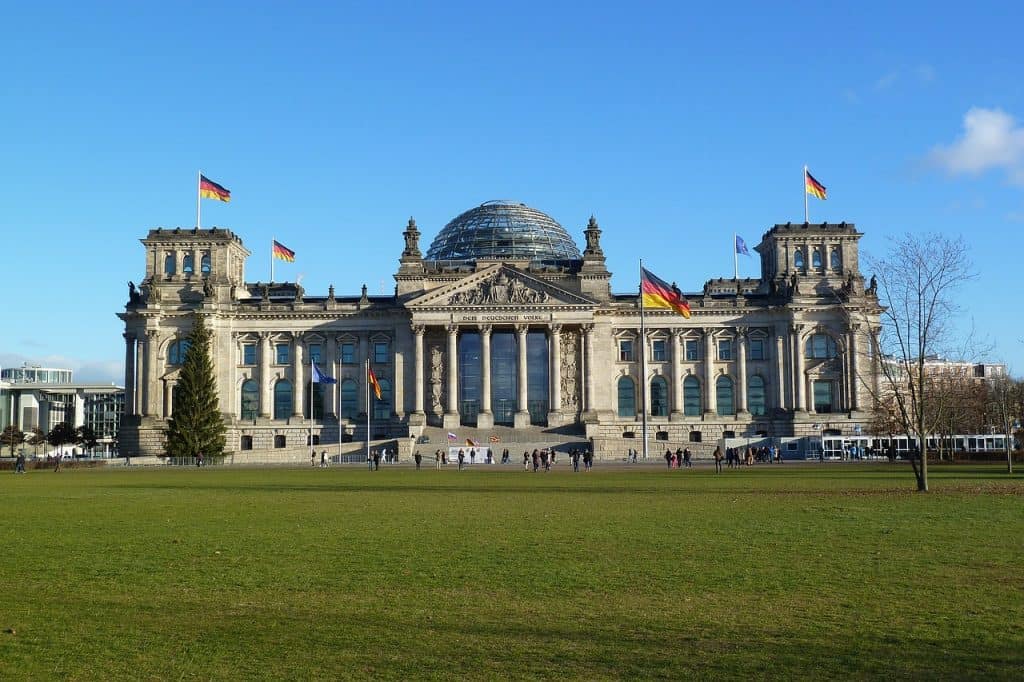

5. Museum Island
The northern half of an island in the Spree river in the central Mitte district of Berlin was named Museum Island — and for a reason. The island is known to house internationally significant museums including:
The Altes Museum (built in the 3rd of August 1830), the Neues Museum (constructed in 1859), the Alte Nationalgalerie (1876), the Bode Museum (opened in 1904), the Pergamon Museum (1930), and the Humboldt Forum.
The Museum Island was added to the UNESCO list of World Heritage Sites in 1999.
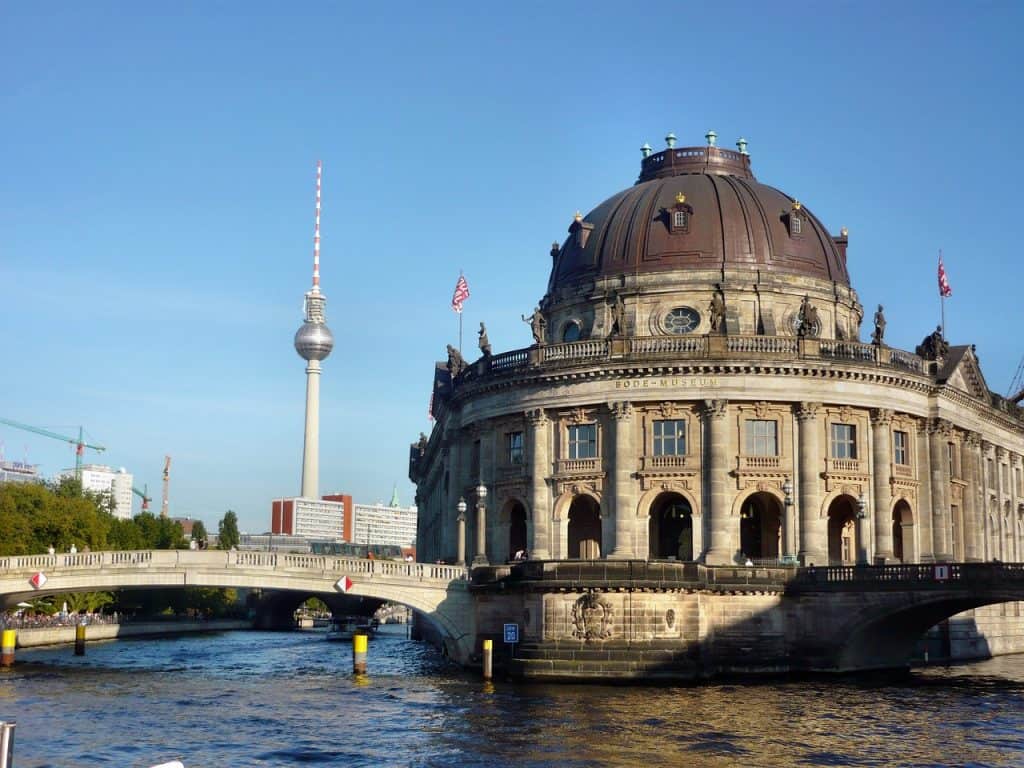

6. Marienplatz
When translated, Marienplatz means St. Mary’s Square. It served as a home to medieval markets, tournaments, and celebrations. It is the city’s most famous square and is a German landmark that invites tourists from all over the globe.
The foundation of Marienplatz dates back to the 12th century. Several monuments were erected throughout the years. Mariensaule, for example, was built in 1638 to symbolize the end of the Swedish invasion during the 30 Year’s War.
Visit the wonderful Marienplatz to indulge and enjoy Germany’s world-famous cuisine, experience the ease and ambiance, and to take obligatory selfies.
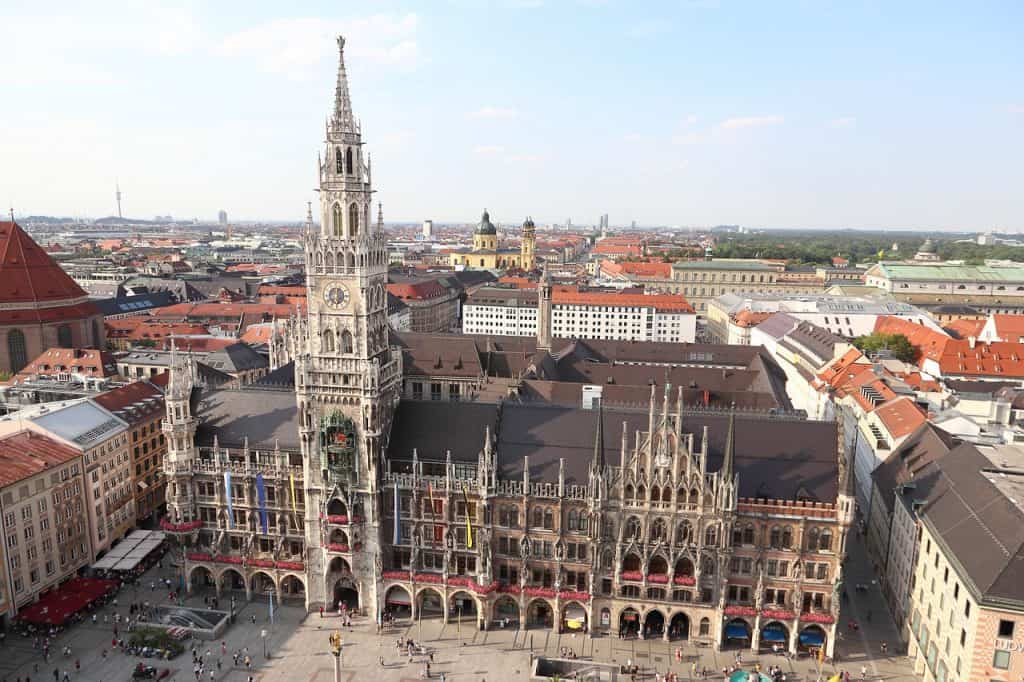

7. East Side Gallery
A visit to the open-air gallery in Berlin will surely make your trip to Germany a lot more fun. The East Side Gallery houses murals painted on a 1,316-meter long remnant of the Berlin Wall. The wall has been given a Denkmal status, which means it’s heritage-protected German landmark.
The fall of the Berlin Wall happened in the 9th of November 1989. Since then, the remnant of the Berlin Wall stood as something more symbol than just a cement wall. This historic German landmark is visited at all times of the day. Across the road is the Mercedes Benz Arena, the largest arena in Berlin.
The East Side Gallery displays famous mural pieces that are worth every photo.
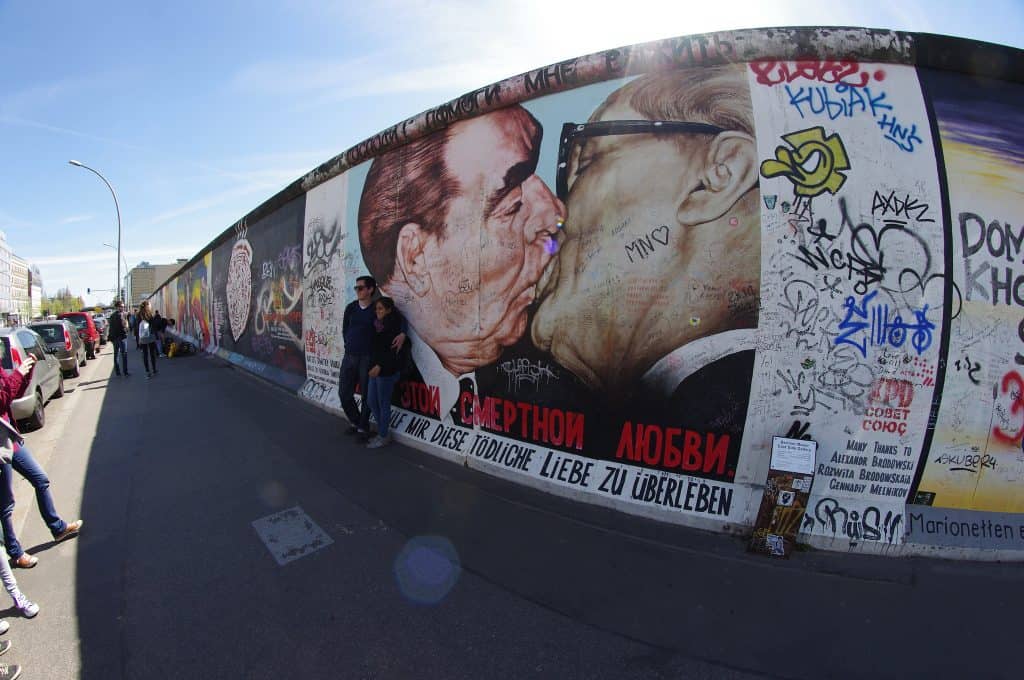

8. Berliner Fernsehturm
In Marien quarter in the district of Mitte, is the world-famous Berliner Fernsehturm (Television Tower). The proud tower was built between 1965 and 1969, and is a symbol of Communist power and of the city. The tower can be seen throughout the central and some suburban districts of Berlin.
Berline Fernsehturm soars 368 meters into the blue azure sky. Reach the viewing platform and get mesmerized with the spectacular panoramic view of the entire cityscape. The dramatic horizon, buzzing sound of the city, and the cold breeze will surely relax even the most jaded.
